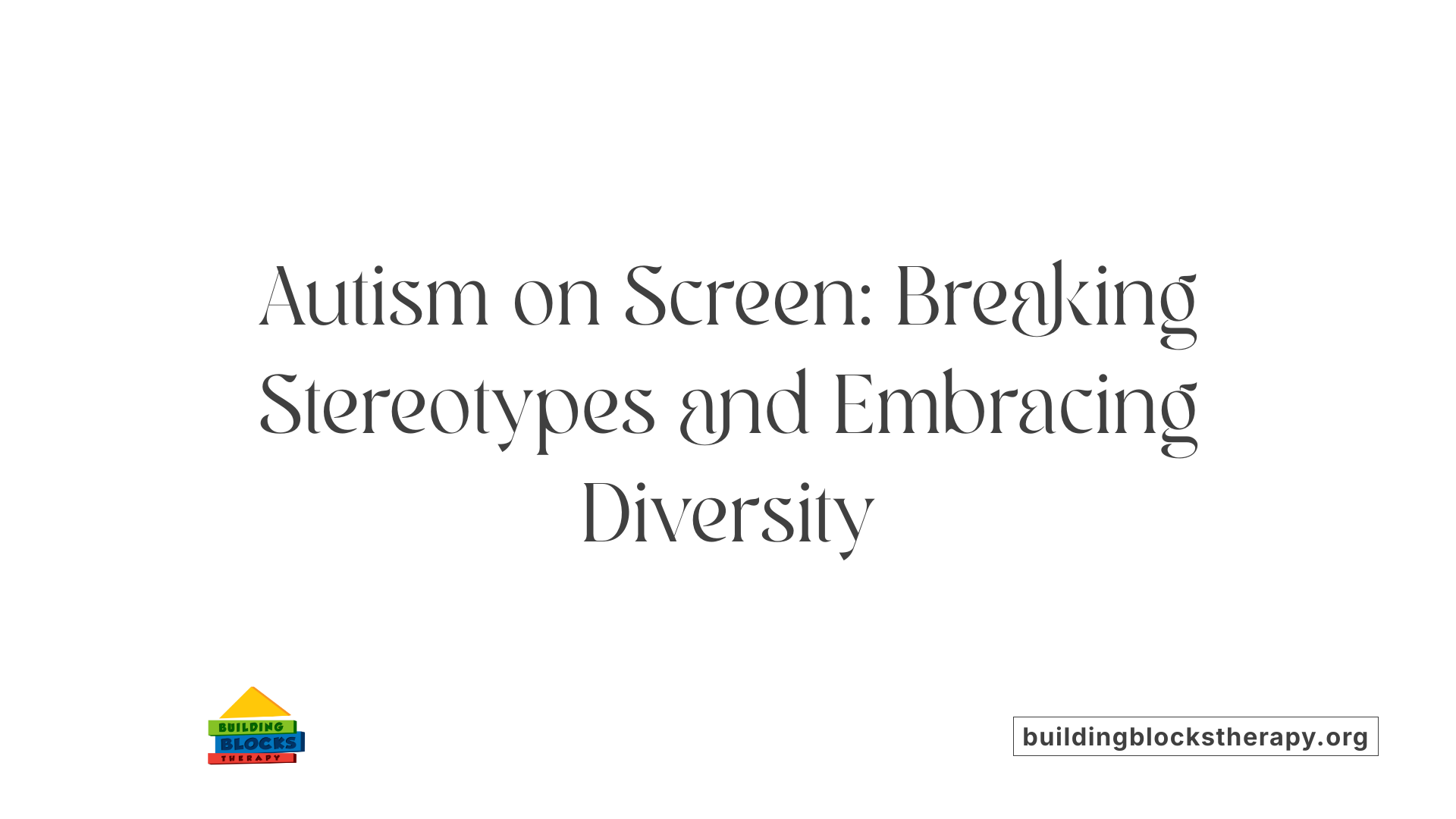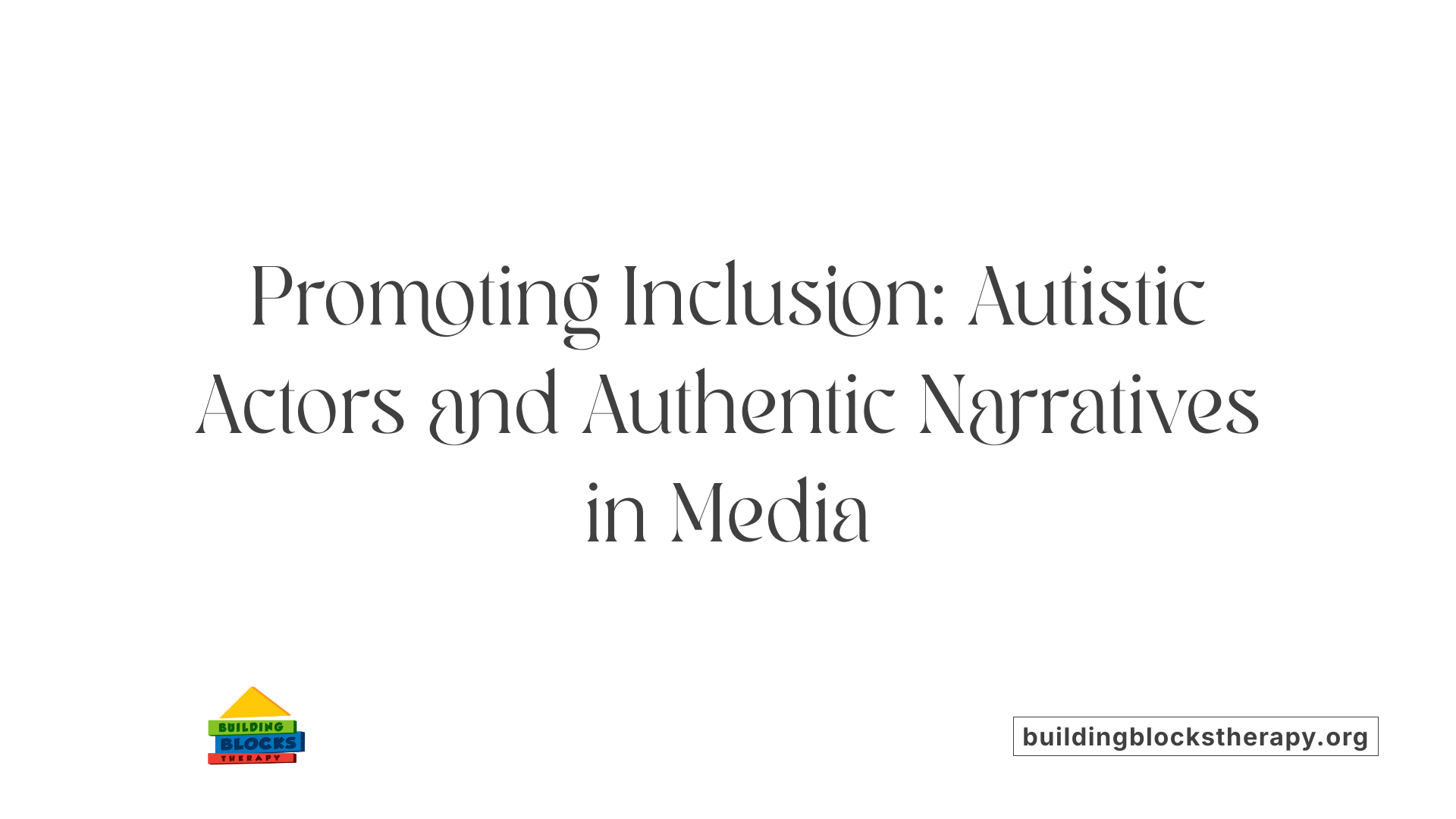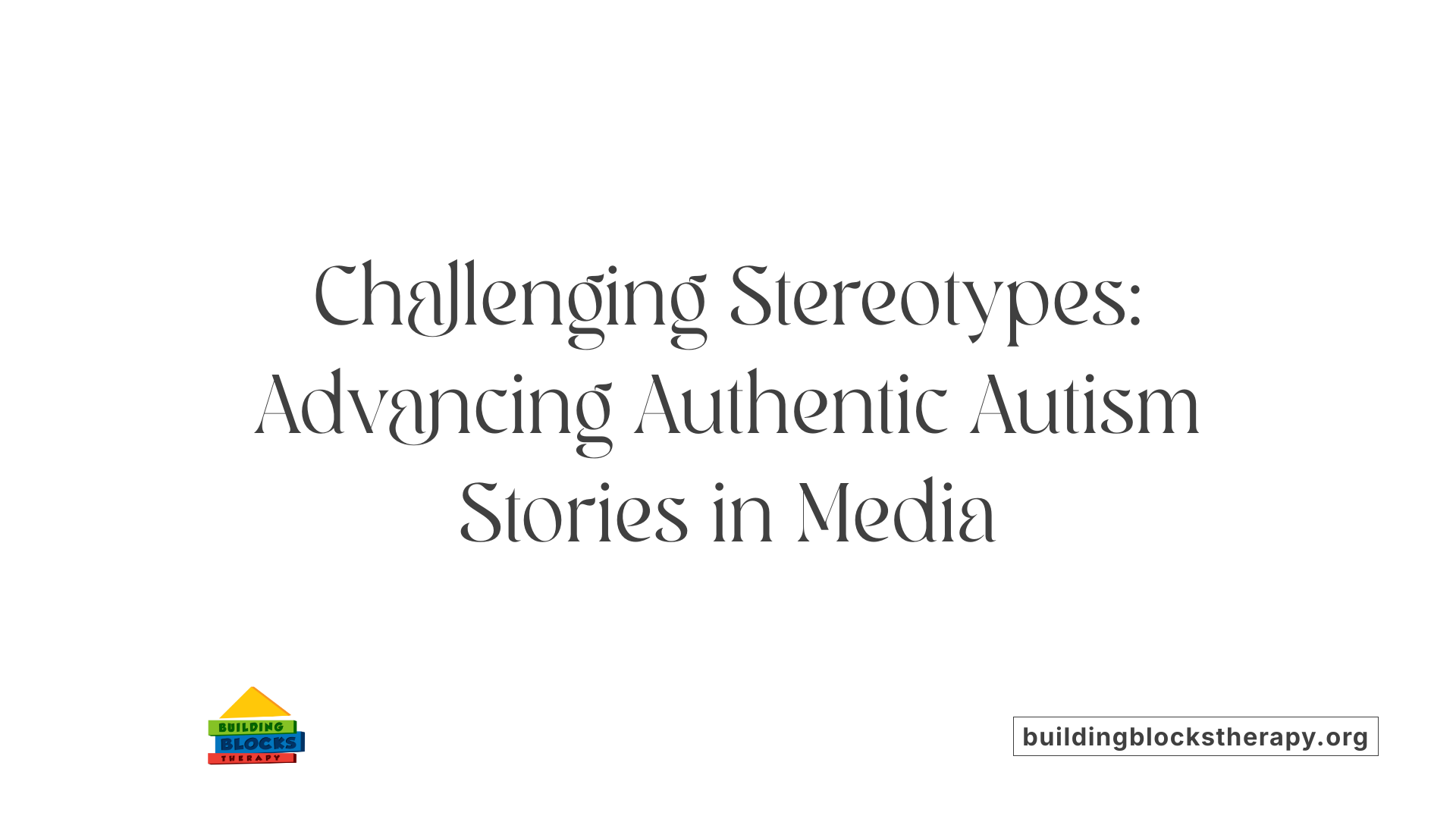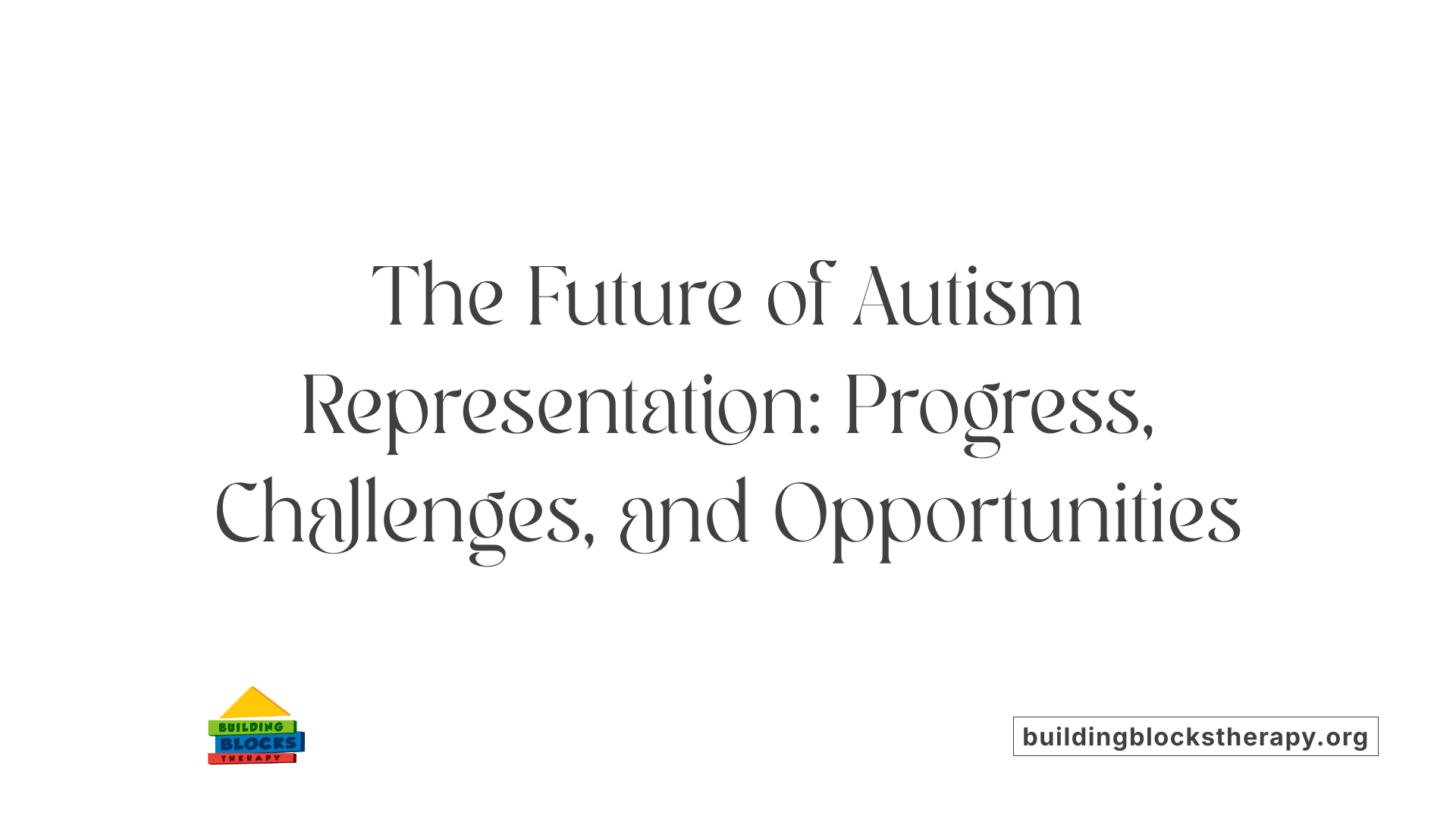An Insight into the Popular Medical Drama
'The Good Doctor' is a widely acclaimed medical drama known for its unique portrayal of a talented surgeon with autism and savant syndrome. The series has sparked conversations about neurodiversity and the authenticity of its depiction. This article explores whether the show's depiction of its protagonist, Dr. Shaun Murphy, accurately reflects real-life autism and examines the implications of such representation.
The Character of Dr. Shaun Murphy: Autism and Savant Syndrome

Is the character Shaun Murphy in 'The Good Doctor' depicted as having autism?
Yes, Shaun Murphy in 'The Good Doctor' is depicted as having autism and savant syndrome. The series shows him experiencing common autistic traits like sensory sensitivities, difficulty with social interactions, and reliance on routines. Despite these challenges, Shaun also possesses extraordinary skills such as intense problem-solving abilities, reflecting the savant aspect of his condition.
Does the TV show 'The Good Doctor' feature a character with autism?
Yes, the show features Dr. Shaun Murphy, an autistic surgical resident with savant syndrome. His character demonstrates many behaviors associated with autism, such as heightened perception and social difficulties. The show aims to portray a nuanced view, emphasizing his strengths alongside his struggles, though opinions on its accuracy vary within the autism community.
Traits associated with autism shown in the character
Shaun showcases several typical autism traits including sensory sensitivities—being easily distracted by environmental noise and lights. He follows strict routines, like always having yogurt and a green apple for breakfast, which help him feel secure.
Alongside these behaviors, Shaun has an enhanced perception, capable of noticing tiny changes such as subtle differences in heart rate monitor readings. His language skills are normal, and he’s highly intelligent, but he faces challenges in understanding nonverbal cues and social interaction.
The character's skills and challenges
Shaun’s exceptional memory and problem-solving skills are central to his character. His savant syndrome manifests as advanced pattern recognition and attention to detail that surpasses average abilities.
However, Shaun also faces difficulties in social situations, often struggling to interpret social cues and manage sensory overload. His demeanor sometimes includes ignorance of others’ feelings or biases, which can be misinterpreted but are often shown as part of his autistic experience.
This portrayal seeks to explore both the remarkable talents and the real-life challenges faced by many on the autism spectrum. While it has been praised for raising awareness, critics note that some aspects may rely on stereotypes or lack deeper nuance. Nonetheless, Shaun Murphy remains a prominent figure in media representation, contributing to broader conversations about neurodiversity.
Authenticity and Accuracy in Portraying Autism
How accurately does 'The Good Doctor' portray autism and autism spectrum disorder?
'The Good Doctor' attempts to depict autism by showcasing common traits such as social challenges, sensory sensitivities, and strict routines. The character Dr. Shaun Murphy is portrayed as a talented surgeon who also demonstrates savant syndrome, highlighting extraordinary memory and problem-solving skills.
The show aims to raise awareness about autism and challenge stereotypes. Shaun's sensory sensitivities, like distraction from environmental stimuli, mirror real-life experiences of many with autism. His adherence to rituals, such as always having yogurt and a green apple for breakfast, is also reflective of routine preferences often observed.
However, while the show's portrayal has been praised for its positive impact, it has its limitations. Critics point out that the depiction sometimes overemphasizes savant abilities, which are rare among autistic individuals. This focus can create a narrow view of autism, neglecting its diversity.
Overall, 'The Good Doctor' captures several authentic traits of autism but simplifies or dramatizes others for storytelling purposes. The portrayal attempts to balance entertainment with education, but it doesn't fully encompass the wide spectrum of experiences that autistic people have.
Impact and Perception of the Show's Autism Representation

How is autism represented in 'The Good Doctor,' and does it mirror real characteristics?
'The Good Doctor' portrays Shaun Murphy as an autistic savant, highlighting features such as social difficulties, sensory sensitivities, and exceptional problem-solving abilities. Shaun’s traits include a preference for routine, heightened visual and auditory perceptions, and extraordinary attention to detail, such as noticing tiny changes in medical monitors.
While the show has been praised for bringing autism into mainstream conversation and depicting some authentic elements—like sensory overload and social challenges—critics note that it often emphasizes savant abilities, which are rare among autistic individuals. This focus can give a skewed view of autism, which encompasses a wide range of experiences and traits.
Although the character’s depiction aligns with certain autism traits, especially Asperger’s Syndrome, some argue it simplifies or perpetuates stereotypes, emphasizing the
Freddie Highmore's Role and Actor's Personal Connection to Autism
Freddie Highmore, who stars as Dr. Shaun Murphy in 'The Good Doctor,' is well-known for his compelling portrayal of an autistic doctor with savant syndrome. Despite his vivid performance, Highmore does not have autism himself. Instead, he has dedicated significant effort to researching and understanding the condition to accurately depict Shaun's character.
To prepare for his role, Highmore collaborated with autism experts and consultants. He studied behaviors such as social awkwardness, sensory sensitivities, and obsession with routines—traits often associated with autism and specifically with Shaun's character. This thorough research helped Highmore embody Shaun’s personality authentically, ensuring the character's portrayal resonated with viewers.
Playing Shaun Murphy has also given Highmore a deeper insight into autism. His experience acting as an autistic character has broadened his understanding and perspective of the challenges faced by individuals with autism. This commitment to authenticity has contributed to the show's recognition and ongoing discussions about the accuracy of autism representation in media.
Ultimately, Highmore’s performance demonstrates the importance of careful research and sensitivity in portraying neurodiverse characters, even when actors do not share that diagnosis. His work helps raise awareness and challenge stereotypes, making a positive impact on audiences’ perceptions of autism.
Diversity and Inclusion in Autism Representation on Screen

The portrayal of other autistic characters and actors
Throughout its run, 'The Good Doctor' has aimed to showcase different facets of autism through its characters. While Dr. Shaun Murphy is the central figure, the series has introduced other autistic characters to reflect the diversity within the autism community. Notably, in its later seasons, the show included Coby Bird, an autistic actor, who played Liam West. This inclusion provided a more genuine perspective, as Bird shared his own experiences, enriching the storyline with authenticity.
The role of autistic actors like Coby Bird
Coby Bird’s involvement in the show marked an important step toward more accurate representation. As an autistic individual, Bird brought lived experience to his role, offering viewers a closer look at the realities of autism. His participation was celebrated for helping to challenge stereotypes and bring a level of realism to the series that had been lacking. Bird's presence not only highlighted neurodiversity but also demonstrated the value of including actors with autism in mainstream media.
Progress towards authentic inclusion
The series' move to feature autistic actors signals a positive shift toward authentic inclusion. In its final seasons, 'The Good Doctor' made efforts to incorporate more genuine representations, with autistic actors playing roles that resonated more accurately with real-life experiences. However, there are still concerns. Some characters, including Shaun, have displayed traits that do not fully capture the diversity of autism. Critics argue that reliance on stereotypes persists, and the show often depicts a narrow view of what it means to be autistic.
Autism awareness advocates emphasize that autistic people are incredibly diverse in their abilities, interests, and backgrounds. The show has made progress, but fully embracing this diversity in media requires ongoing effort. Increased involvement of autistic writers, consultants, and a wider range of autistic actors could further improve representation, ensuring a richer, more nuanced portrayal.
| Aspect | Progress shown | Remaining challenges |
|---|---|---|
| Representation of autistic characters | Inclusion of autistic actor Coby Bird as Liam West | Overreliance on stereotypes for some characters |
| Authenticity of portrayal | Efforts to show neurodiversity positively | Some traits still do not reflect the full spectrum |
| Involvement of autistic individuals | More autistic actors featured in later seasons | Need for more autistic writers and consultants |
| Media impact | Raised awareness about autism | Need to showcase wider diversity in identity and interests |
Overall, while 'The Good Doctor' has taken meaningful steps toward more authentic autism representation, the path to fully reflecting the community’s diversity continues. Greater inclusion of autistic people in the creative process and broader portrayals are essential for fostering understanding and acceptance.
The Ongoing Conversation About Autism Stereotypes and Media Representation

What are some criticisms of 'The Good Doctor's' autism portrayal?
Critics have raised concerns about how accurately and realistically the show depicts autism. One primary criticism focuses on the reliance on stereotypes, especially showcasing Dr. Shaun Murphy's savant abilities as a defining trait. Some argue this portrayal oversimplifies the autism spectrum, which is highly diverse, and can contribute to misconceptions among viewers.
Additionally, the show has faced scrutiny for lacking authentic input from autistic individuals during its creation. Most showrunners and writers are not on the spectrum, leading to representations that sometimes miss nuanced behaviors and experiences unique to autistic people. Critics state that these portrayals often lean towards a stereotypical image of autism, rather than the complex realities faced by many.
What steps can be taken to improve autism representation in media?
To better reflect the realities of autism, media creators can take several steps. Including autistic writers and consultants in the script development process is crucial, as their insights can ensure more accurate and respectful portrayals.
Expanding the spectrum of autism depicted—showing a variety of experiences, abilities, and challenges—is essential. This can help dispel stereotypes and demonstrate that autism is a highly diverse condition.
Moreover, featuring more autistic actors in roles that represent autistic characters contributes to more genuine portrayals. Their personal experiences bring authenticity not easily replicated by non-autistic actors.
Why is authentic storytelling important?
Authentic stories can foster understanding and acceptance for autistic individuals. When media showcases a broad and nuanced view of autism, it challenges stereotypes and broadens public perceptions.
Including diverse perspectives within the autistic community in media development not only enhances representation but also empowers autistic voices.
| Aspect | Current State | Recommendations | Impact |
|---|---|---|---|
| Autism portrayal | Often stereotypical; focused on savant skills | Incorporate autistic stories, include autistic writers | Increased authenticity and diversity |
| Casting | Few autistic actors | More autistic actors in diverse roles | More genuine representation |
| Story diversity | Limited to specific traits | Broader depiction of experiences | Better understanding in society |
By moving toward more inclusive and realistic portrayals, media can play a vital role in shaping perceptions and promoting acceptance of autism.
Summary and Future Perspectives on Autism on Television

Does 'The Good Doctor' have an autistic character, and is this portrayal effective?
Yes, the character Dr. Shaun Murphy in 'The Good Doctor' is portrayed as an autistic individual with savant syndrome. This depiction has contributed significantly to raising awareness about autism and sparking conversations about neurodiversity on mainstream television. The series does an admirable job of showing Shaun’s strengths, such as his exceptional memory and problem-solving skills, alongside his social challenges and sensory sensitivities. For example, Shaun's difficulty with environmental stimuli, like bright lights and loud noises, accurately reflects sensory sensitivities often experienced in autism.
While the portrayal has been praised for highlighting both the abilities and struggles of autistic individuals, it is not without limitations. Critics and members of the autism community note that the representation, though influential, sometimes leans into stereotypes or lacks depth regarding the diversity of autism experiences. Nonetheless, the show marks progress in visibility and conversation, though further improvements are needed to fully capture the complexity of autism.
What can television shows learn from 'The Good Doctor' about representing autism?
One important lesson from 'The Good Doctor' is the importance of authentic storytelling. Incorporating autistic voices in the creation process—such as consulting autistic advisors or including autistic writers—can help produce more nuanced and realistic characters. Additionally, portraying a range of autistic traits across different characters can promote better understanding and reduce stereotypes.
Diverse representation is crucial. Autism manifests differently in each person, with variations in communication, behavior, and sensory perception. Moving beyond a single stereotypical image, future shows should reflect this heterogeneity to foster more inclusive perspectives.
By embracing genuine experiences and emphasizing both talents and challenges faced by autistic individuals, media can better educate audiences. This includes showing autistic characters living independently, forming relationships, and pursuing meaningful careers—elements that 'The Good Doctor' has begun to explore, but which still require broader representation.
Progress made by 'The Good Doctor'
Since its debut in 2017, 'The Good Doctor' has been at the forefront of autism representation on TV. It has helped shape public perceptions by depicting Shaun as a highly skilled surgeon with autism, challenging stereotypes about what autistic people can achieve. The show's portrayal of sensory sensitivities and social difficulties offers viewers a glimpse into daily life with autism.
Moreover, the series has received praise for emphasizing Shaun’s human qualities, showing him as a complex individual rather than a one-dimensional stereotype. This nuanced approach helped normalize neurodiversity and foster understanding.
Remaining gaps in portrayal and inclusion
Despite its advancements, there are areas needing improvement. The show faced criticism for not involving enough autistic creators or consultants, which could have enhanced the authenticity of Shaun’s character. Additionally, some traits and behaviors displayed in the series do not always align with how many autistic people experience or express their condition.
Furthermore, the diversity of autism was not fully represented, as most characters still follow a narrow set of traits. The inclusion of autistic actors, like Kayla Cromer in later seasons, was a positive step, but true representation requires broader inclusion of different autistic voices.
The future of autism representation in media
Looking ahead, the future of autism depictions in TV and film should prioritize inclusivity and accuracy. Increasing collaboration with autistic individuals in the creative process can lead to richer, more authentic stories.
Also, embracing diversity within the autism community—including race, gender, sexuality, and age—can help dispel stereotypes and foster a fuller understanding of autism's spectrum.
Educational initiatives and industry shifts toward more autistic-led projects will further enhance representation. Shows can serve as powerful platforms to showcase the varied realities of autistic lives, moving beyond surface-level portrayals to deepen empathy and acceptance.
| Aspect | Current Status | Future Directions | Innovations to Consider |
|---|---|---|---|
| Authenticity | Improving, but inconsistent | Greater autistic involvement | Autistic advisors, autistic writers |
| Diversity | Narrow representation | Broader spectrum portrayals | Diverse characters across traits |
| Visibility | Increased awareness | Sustained media presence | Autistic-led stories and projects |
| Audience impact | Mixed feedback | Deepening understanding | Educational content, community collaboration |
Looking Ahead: Towards More Authentic Autism Portrayals
'The Good Doctor' has played a significant role in raising awareness and challenging stereotypes about autism, demonstrating the potential for television to foster understanding. As perceptions evolve, the importance of authentic, diverse, and inclusive portrayals becomes clearer. Future media representations should strive for greater accuracy, involving autistic individuals in storytelling, and expanding the narrative beyond unique savant characters to encompass the full spectrum of neurodiversity.
References
- The Good Doctor Autism Portrayal Examined - AutismCOE
- The Good Doctor and Autism - eVero Corporation
- Shaun Murphy (The Good Doctor) - Wikipedia
- A Critical Autism Analysis of The Good Doctor - Blossom ABA Therapy
- Good Riddance to The Good Doctor | TIME - Time Magazine
- Autistic Adults Review The Good Doctor - Autism Ontario
- 'The Good Doctor' actor with autism talks about dream role
- My review of 'The Good Doctor' as an adult with autism
- A Critical Autism Analysis of The Good Doctor - Blossom ABA Therapy






